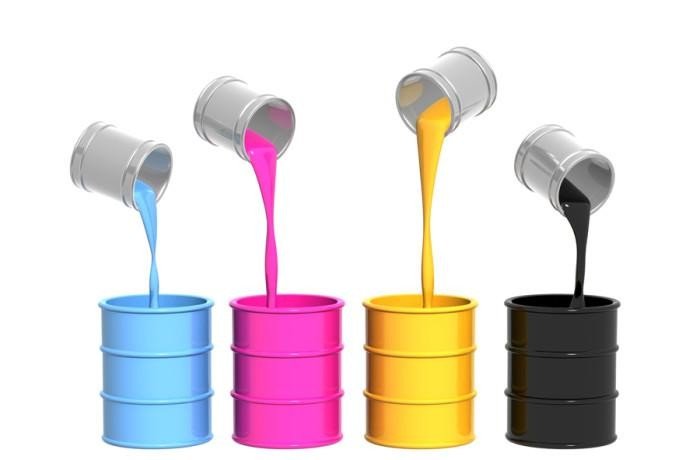3D Printing in the Middle East: A Game Changer for Manufacturing & Design

Introduction
The Middle East is witnessing a remarkable transformation in its manufacturing and design landscape, with 3D printing technology at the forefront of this revolution. Once considered a niche technology limited to prototyping, 3D printing (or additive manufacturing) has evolved into a critical industrial process across the region. From healthcare innovations in Israel to architectural wonders in the UAE and industrial applications in Saudi Arabia, the technology is reshaping how products are designed, manufactured, and distributed. In 2025, the Middle East 3D printing market is experiencing unprecedented growth, with projections suggesting it will reach $10 billion by 2030. This blog explores how this technology is becoming a genuine game-changer across multiple sectors in the region.
Revolutionizing Construction and Architecture
The Middle East’s ambitious architectural projects are finding a perfect ally in 3D printing technology:
- Dubai’s 3D Printing Strategy: Dubai’s initiative to have 25% of all new buildings 3D-printed by 2030 is well underway, with dozens of structures already completed using this technology.
- Reduced Construction Timeframes: Projects that traditionally required years can now be completed in months, with some smaller structures being printed in just days.
- Design Freedom: Architects across the region are embracing the geometric freedom offered by 3D printing, creating structures previously impossible with conventional construction methods.
In 2025, Saudi Arabia’s NEOM project is incorporating large-scale 3D printing technologies to create sustainable buildings optimized for the desert climate, demonstrating how the technology can address specific regional challenges.
Healthcare Transformation
The healthcare sector is perhaps experiencing the most profound impact from 3D printing:
- Patient-Specific Solutions: Hospitals in Qatar, UAE, and Saudi Arabia are routinely producing customized prosthetics, implants, and surgical guides tailored to individual patients.
- Medical Training Models: Medical schools across the region use anatomically accurate 3D-printed models for training purposes, improving surgeon preparedness and reducing risks.
- Bioprinting Advancements: Research centers in the region, particularly in Israel and the UAE, are making significant strides in bioprinting tissues and organs, potentially solving the organ shortage crisis.
The COVID-19 pandemic accelerated adoption of this technology when Middle Eastern healthcare providers turned to 3D printing for rapid production of personal protective equipment and ventilator components. This emergency response has evolved into permanent healthcare infrastructure across the region.
Manufacturing Renaissance
Traditional manufacturing is being reinvented through additive manufacturing technologies:
- On-Demand Production: Companies throughout the Middle East are reducing inventory costs by printing components as needed rather than maintaining extensive stockpiles.
- Complex Geometries: Parts that previously required multiple components and assembly steps can now be printed as single pieces with internal structures impossible to achieve with traditional manufacturing.
- Weight Reduction: Critical in aerospace and automotive applications, 3D printing enables the creation of lightweight parts through topology optimization and lattice structures.
In 2025, Oman and Kuwait are developing specialized 3D printing industrial zones to attract manufacturers seeking to modernize their production capabilities, offering tax incentives for companies adopting these technologies.
Supply Chain Resilience
Recent global supply chain disruptions have highlighted the value of 3D printing for regional self-sufficiency:
- Localized Production: Rather than importing spare parts, companies across the Middle East can now print critical components locally, reducing dependence on international shipping.
- Digital Inventory: Businesses maintain digital files rather than physical inventory, printing parts on demand and eliminating warehousing costs.
- Rapid Response: When supply disruptions occur, manufacturing can be quickly redirected to 3D printing alternatives, maintaining business continuity.
The Egyptian government has launched a national initiative to build 3D printing capabilities specifically aimed at reducing import dependency for industrial spare parts, serving as a model for other countries in the region.
Sustainability Advantages
Sustainability goals across the Middle East are being supported by 3D printing technologies:
- Material Efficiency: Unlike subtractive manufacturing methods that waste materials, 3D printing uses only the material needed for the final product.
- Optimized Designs: Products can be redesigned to use less material while maintaining or improving performance characteristics.
- Extended Product Lifecycles: Rather than replacing entire products, damaged components can be individually printed and replaced, extending useful life.
Jordan’s renewable energy sector has particularly embraced 3D printing for producing customized components for solar installations, demonstrating how the technology supports the region’s green initiatives.

Education and Workforce Development
Educational institutions are preparing the next generation for an additive manufacturing future:
- University Programs: Major universities across the Middle East have established specialized 3D printing centers and degree programs.
- Vocational Training: Technical schools are incorporating additive manufacturing into their curricula, creating a skilled workforce.
- Innovation Hubs: Government-sponsored innovation centers provide access to industrial 3D printing equipment for startups and SMEs.
In 2025, the Mohammed bin Rashid Initiative for Global Prosperity has expanded its focus on 3D printing education, sponsoring competitions and providing grants for educational programs throughout the Arab world.
Customization and Consumer Applications
The consumer market is increasingly benefiting from 3D printing capabilities:
- Personalized Products: From custom jewelry in Lebanon’s traditional markets to personalized consumer goods in Bahrain’s shopping centers, 3D printing is enabling new levels of product customization.
- Fashion Innovation: Designers in the UAE and Saudi Arabia are incorporating 3D-printed elements into haute couture and ready-to-wear collections.
- Cultural Preservation: Museums across the region are using 3D scanning and printing to create replicas of historical artifacts for educational purposes and preservation.
The rise of 3D printing cafés—specialized spaces where consumers can design and print their own creations—is a growing trend in urban centers from Cairo to Doha in 2025.
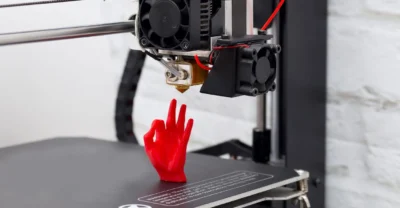
Challenges and Future Outlook
Despite tremendous progress, challenges remain in fully implementing 3D printing across the Middle East:
- Material Limitations: While polymer printing is widespread, metal and composite printing requires further investment and expertise.
- Quality Standardization: Establishing consistent quality standards remains a work in progress, particularly for critical applications.
- Intellectual Property Concerns: As digital designs become more valuable, protecting intellectual property rights becomes increasingly important.
However, the trajectory is clear—by 2030, 3D printing is expected to account for up to 5% of all manufacturing in the Middle East, with particularly strong growth in medical, aerospace, and construction applications.
Conclusion
3D printing has moved beyond the hype to become a transformative force in the Middle East’s manufacturing and design landscape. The technology’s ability to reduce costs, enable complex designs, decrease lead times, and improve sustainability aligns perfectly with the region’s economic diversification goals and vision for technological leadership.
For businesses operating in the Middle East, the message is clear: 3D printing is no longer just an interesting experiment but a critical technology for remaining competitive. Whether you’re in healthcare, construction, industrial manufacturing, or consumer goods, additive manufacturing offers opportunities to innovate, reduce costs, and create products that were previously impossible.
Our company specializes in helping businesses across the Middle East integrate 3D printing into their operations. Contact us today to explore how this game-changing technology can transform your manufacturing and design capabilities for success in 2025 and beyond.





 Boards / Sheets
Boards / Sheets
 Rolls
Rolls
 Small Machines
Small Machines
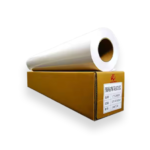 Sticker Paper
Sticker Paper
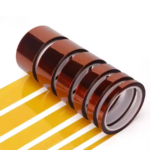 Tab / Strap
Tab / Strap
 Wire
Wire



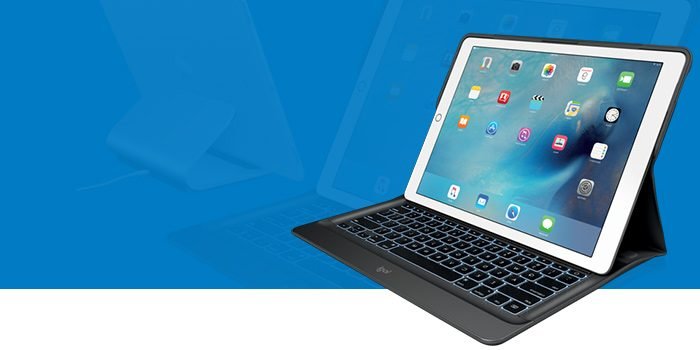

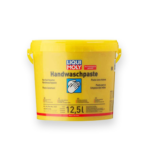 Cleaners
Cleaners
 Glue / Gum
Glue / Gum
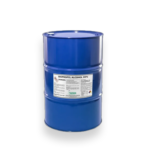 Printing Chemicals
Printing Chemicals
